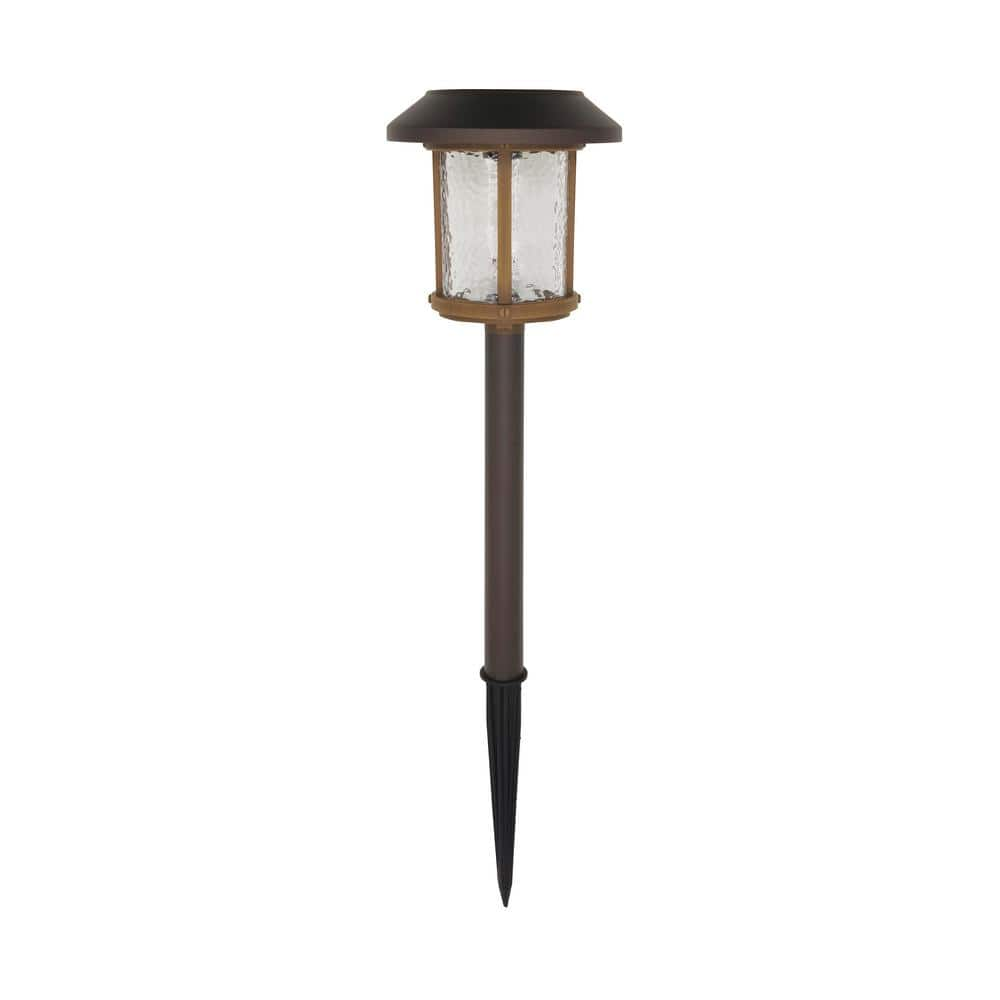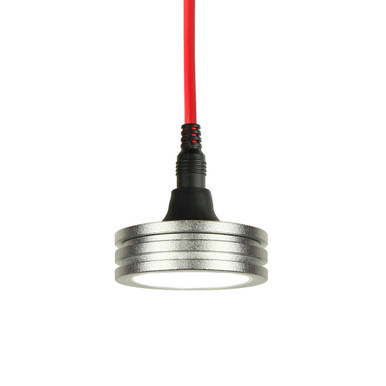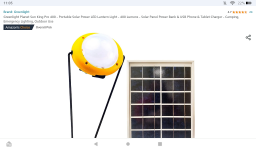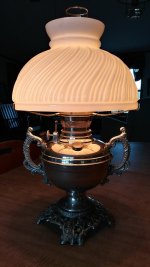These, available on Amazon, are 'da chit', as they say. Probably even better now than back in '16 when I bought four of them. During Harvey, we were without power for 19 days. These little critters, we hung the solar panel in a window, on the inside facing out, and with a cup hook in the ceiling we hung the 'bidness end' of it as far in as the wire would reach and down far enough for me to reach the on/off button on the top of the bulb.
The four light sources, strategically hung in the various rooms, gave off plenty of light to do most chores. Not enough to sit and read a book, but enough to navigate without using shins as braille readers, and locate something on a table or shelf. It was about the level of light where you'd say "dang, it's getting dark, should I turn on a light?"
As far as longevity, they come on automagically at dusk and off at dawn if you let them, but they also have a on/off switch on the top of the bulb looking unit. They were good for 2-3 hours in the evening, and again as needed to get up and make necessary trips at night, then for an hour or so before dawn. They'll go off themselves when there's enough solar power to start charging the battery. At least that's the way the ones I got were set up. Keep in mind it's been 7 years since I got mine. That may mean some features have changed. Probably does mean they're better-made than Chinkiecrap of the mid 20-teens, as there have been advances in tech.
<<Editing to add that during Harvey's after period, when they were hung where needed with no thought of which direction the window faced that we hung the charging panel in, I did not notice any diminished production from one to another. The north-facing chargers did not run out on us. I did not do any controlled testing, so I don't know if there was a difference or if we just did not reach the point that it was noticeable. What I'm thinking is that the little boogers had plenty of light to recharge, even pointing the 'wrong' direction. >>
I'm probably gonna order a 2-pack of these, as we gave the 4 we had to family when we left the coast, and I didn't even think about replacing them except briefly during the Valentine's mess in '21, when we had no internet to do anything about it, but then....SQUIRREL! So thanks, Barry, for bringing this back to the front for me!





